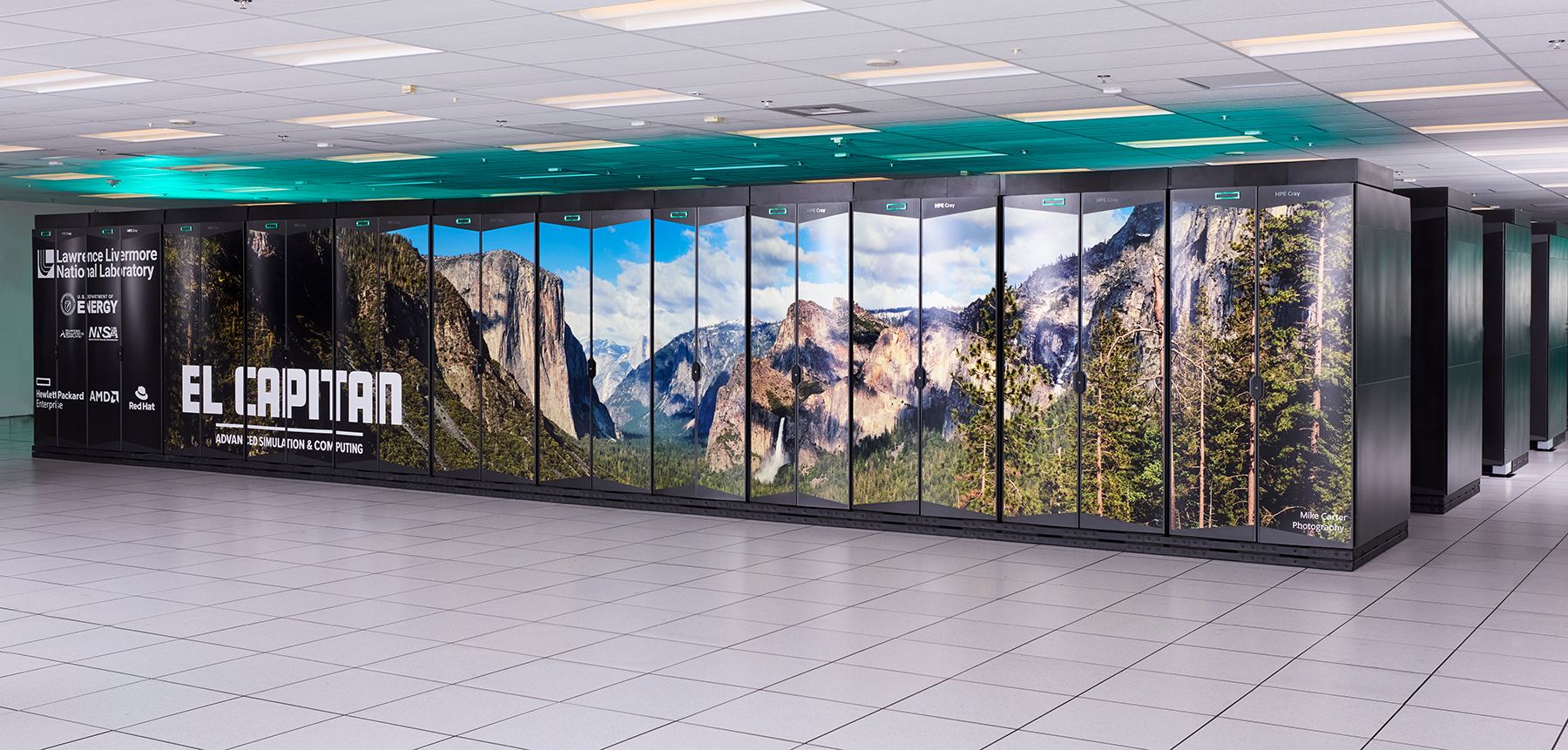Dispatch from a nuclear petting zoo
By Collin Van Son | November 15, 2024
 B-52H bomber receives an engine check at Barksdale Air Force Base, Louisiana. In service since the 1950s, the B-52 is one of the US military’s two nuclear-capable bombers, the other being the B-2 Spirit. US Air Force photo by Senior Airman Kate Bragg
B-52H bomber receives an engine check at Barksdale Air Force Base, Louisiana. In service since the 1950s, the B-52 is one of the US military’s two nuclear-capable bombers, the other being the B-2 Spirit. US Air Force photo by Senior Airman Kate Bragg
Twenty minutes after our bus departed from downtown Omaha, my fellow passengers and I arrived at Offutt Air Force Base, home to the United States Strategic Command. Stratcom, as it’s known, is responsible for maintaining, protecting, and—should the president give the order—employing the US arsenal of more than 1,700 deployed nuclear warheads.
As we drove along the base’s parade grounds, my seatmate pointed across the expansive green lawn to the Strategic Air Command Memorial Chapel. The chapel’s stained-glass windows, he informed me, are unlike any other: Instead of saints or miracles, they feature bombers, a red telephone, and a mushroom cloud.

Our bus proceeded to the flight line, where some of Stratcom’s “strategic assets” had been arranged for us to view. These included three nuclear-capable aircraft: a B-2 Spirit bomber, a B-52H Stratofortress bomber, and an F-35 Lightning II fighter jet. It was a hot day, and after an hour on the tarmac, I was grateful to step into the shade of the B-52’s 185-foot wingspan.
As a crewmember briefed us on the bomber’s specifications, I felt that awkwardness that comes with not knowing what to do with one’s hands. Like a prospective homebuyer checking the wall for studs, I reached out and rapped my knuckles on the open bomb bay doors.
Touching the strategic assets was something we had been encouraged to do. During our time on base, the line of assembled aircraft—with the collective potential to deliver over 130,000 pounds of ordnance—was repeatedly referred to as “the petting zoo.”
The urge to touch the instruments of nuclear war is a subject previously explored by gender and security scholar Carol Cohn. Writing in 1987, Cohn reported that invitations to “pat” missiles and bombers were common in the nuclear discourse, despite (or perhaps because of) the fact that patting is often reserved for creatures that are “small, cute, harmless—not terrifyingly destructive.” The same can be said about petting, an activity typically associated more with puppies and sexual intimacy than with military aircraft.
A petting zoo is a place of inherent safety, a controlled environment where children can interact with animals without fear of being bitten or kicked. Never mind that the “animals” at Offutt were surrounded by armed guards. By placing them in the context of a petting zoo, the implication was clear: These creatures are under our control. They are domesticated.
I was in Omaha that week for an international conference on deterrence. In this context, deterrence refers to the United States’ use of the threat of force, including nuclear force, to dissuade its adversaries from acting in ways that are counter to US national interests. Among the government officials, military officers, defense industry executives, and academics in attendance, topics of discussion included the threat of nuclear weapons in space and China’s ongoing missile buildup.
These challenges, and the ways the United States chooses to meet them, are of the greatest imaginable consequence. But amid all the talk of global norms and planetary threats, what grabbed my attention was something seemingly small: it was the talk itself, the words people used to describe nuclear weapons and their place in society.
During one panel discussion, an eminent deterrence thinker described several ways the United States might respond to the rising tide of nuclear instability. These included the restoration of nuclear missile submarine launch tubes previously deactivated under the New START arms control treaty. The speaker, however, did not refer to these launch tubes as disabled or deactivated; he called them “neutered.”
In a field whose discourse is so often bloodless and abstract, the choice of “neutered” is notable, not only for purposely drawing attention to the sexual subtext that often accompanies nuclear weapons, but also for what it implies about nuclear possession and arms control. If launch tubes can be neutered, the implication is that an operational launch tube, one capable of firing a nuclear weapon, is biologically natural. Arms control is thereby cast as a kind of surgical intervention—prudent, perhaps (as many pet owners conclude), but nonetheless painful and unnatural, even degrading.
Cohn, who has written extensively on the role of metaphor and euphemism in nuclear discourse, cautions that “[i]ndividual motivations cannot necessarily be read directly from imagery; the imagery itself does not originate in these particular individuals but in a broader cultural context.” A person who refers to a launch tube as neutered is not mistaking a ballistic missile submarine for a hormonal housecat. Rather, they are giving voice to widely held assumptions about the appropriateness and naturalness of nuclear possession.
One of the most popular metaphors at the conference was that of the nuclear “backstop.” I first came across this turn of phrase in the 2022 National Defense Strategy, in which nuclear weapons are presented as “the ultimate backstop to deter attacks on the homeland.” Prior to this, I’d only ever heard “backstop” in the context of the baseball diamond, in reference to the chain-link fence that protects spectators from wild pitches and foul balls.
Watching a baseball game from behind home plate, there comes a point when you stop seeing the backstop, when your brain filters out the chain link and allows you to focus solely on the game. The metaphor of the nuclear backstop does something similar: By framing nuclear weapons as commonplace and commonsensical, it allows them to fade into the backdrop of American life.
In “backstop” we have nuclear weapons recast from the role of threat to that of safety net, a way to ensure nobody gets hurt by the “game” of geopolitics. That baseball is a bounded competition, with well-defined rules and expectations of sportsmanship, lends a sense of comfort and familiarity to discussions of the nuclear backstop. Deterrence emerges as its own kind of American pastime.
In summoning the image of a Little League field, “backstop” joins a host of nuclear terms that evoke a sense of the American pastoral. (Cohn offers “silo” as only the most obvious example.) But the language of deterrence is not limited to rural Americana; it also extends to the country’s wild spaces.
At the conference, a speaker from Lawrence Livermore National Laboratory discussed the lab’s upcoming deployment of what is expected to be the world’s most powerful supercomputer. This system, deemed “essential for the design and stewardship of a modernized [nuclear] stockpile,” is named El Capitan, after the granite wall that towers over Yosemite National Park.
Like its geologic namesake, El Cap the computer is a monolith, requiring “about 30 megawatts (MW) of energy to run at peak—enough power to run a mid-size city.” Though the computer will reside in a windowless, fluorescent-lit, climate-controlled facility, its name implies a strong association with nature, as do the names of several of its predecessors: Sierra, Sequoia, and Blue Pacific.

By invoking the landscape of California (where Lawerence Livermore is located), these names situate the nuclear enterprise within the state’s natural history. Like the redwood forest of the (in)famous Woody Guthrie song, the lab’s supercomputers are presented as part of a shared natural heritage—one that likens a sequoia to a server rack.
Writing in 1868, the naturalist John Muir referred to Yosemite as “by far the grandest of all the special temples of Nature I was ever permitted to enter.” Teddy Roosevelt later compared a night in Yosemite Valley to “lying in a great solemn cathedral, far vaster and more beautiful than any built by the hand of man.” Native Americans have lived in the area for millennia, and the Southern Sierra Miwuk Nation, though evicted from the park in the 1960s, continues to hold annual religious events in Yosemite Valley.
Yosemite, then, is a place whose spiritual significance has been recognized for hundreds of years by people from vastly different cultural traditions. That such a place was chosen as the namesake for a machine designed to simulate and enhance nuclear weapons is, to me at least, bewildering. But it is perhaps somewhat less so in light of recent work by nuclear culture scholar Jacques Hymans, associate professor of political science and international relations at the University of Southern California.
In his 2024 article “The Bomb as God,” Hymans examines why nuclear-armed states are reluctant to reconsider their possession of nuclear weapons. He argues that one reason for this “nuclear embeddedness” is that nuclear weapons have taken on a metaphorical (but nonetheless potent) kind of spiritual significance, one that places their continued possession beyond question.
The “holiness” that nuclear states have ascribed to their weapons can be traced from the very first nuclear test (code-named Trinity) to the self-styled “nuclear priesthood” of Cold War-era deterrence theorists. As the stained-glass windows at Offutt suggest, these spiritual connotations are alive and well in the present day.
The words and images that populate the deterrence dialogue touch on a variety of themes, including domestication, sterilization, sport, nature, and divinity. Taken together, these metaphors speak to a deep-seated belief that nuclear weapons are natural and controllable, and therefore acceptable. Even when made subconsciously, these are consequential claims. They deserve to be examined (and routinely reexamined) by American voters, leaders, and nuclear experts.
What’s called for is not a sanitization or policing of the nuclear dialogue but an increased emphasis on listening—to others, yes, but most of all to ourselves. Insofar as language shapes our ability to think, and thus to act, the words we use to describe nuclear weapons have a power on par with the weapons themselves.
Together, we make the world safer.
The Bulletin elevates expert voices above the noise. But as an independent nonprofit organization, our operations depend on the support of readers like you. Help us continue to deliver quality journalism that holds leaders accountable. Your support of our work at any level is important. In return, we promise our coverage will be understandable, influential, vigilant, solution-oriented, and fair-minded. Together we can make a difference.
Keywords: STRATCOM, deterrence, language, nuclear metaphors
Topics: Nuclear Weapons, Opinion, Voices of Tomorrow















Throughout this article, the author intimates, but does not openly state his belief that nuclear weapons are not a natural consequence of mankind’s (and by extension the world’s) progression. “If launch tubes can be neutered, the implication is that an operational launch tube, one capable of firing a nuclear weapon, is biologically natural. Arms control is thereby cast as a kind of surgical intervention).” “Rather, they are giving voice to widely held assumptions about the appropriateness and naturalness of nuclear possession” That is until later when he states that choosing the name “Yosemite” for nuclear weapons related supercomputer is bewildering… Read more »
which nuclear armed country would be first or M.A.D. enough to drop their weapons with a so-called Mexican standoff of rivals looking for your weakness? it would be a hard sale to citizens of said country.
Was fortunate enough back in the early 80’s to get a personal tour inside of Offutt -SAC command back when I was an educator. Their ‘museum’ at that time was a bunch of aircraft outside in the elements and a small building off the end of an old runway. The public could walk around and touch all the aircraft outdoors. Thank goodness they built the new, stand alone SAC museum an hour west down the interstate to preserve history. Sad to see that names of beautiful outdoor places are being used to name nuclear related objects or places. As a… Read more »
A couple of comments: A place to see the historical parade of American nuclear weapons is the backyard of the National Museum of Nuclear Science and History, near the airport in Albuquerque, NM. To walk among the weird and awful things we have created, and to stare down the muzzle of an MX “Peacekeeper” missile that could obliterate multiple cities in seconds, is deeply chilling. Another item. I once hosted a mock disarmament conference as an event at Burning Man (really). I gave out foam balls as fission weapons, and wiffle bats as thermonuclear weapons. Then we held rounds of… Read more »
I think Bob S nailed it. It would be almost impossible to verify that each nuclear capable country gave up their weapons all at the same time. If you think Russia, N Korea or China would be open and honest about disarming… Ukraine gave up its weapons. Look what happened.